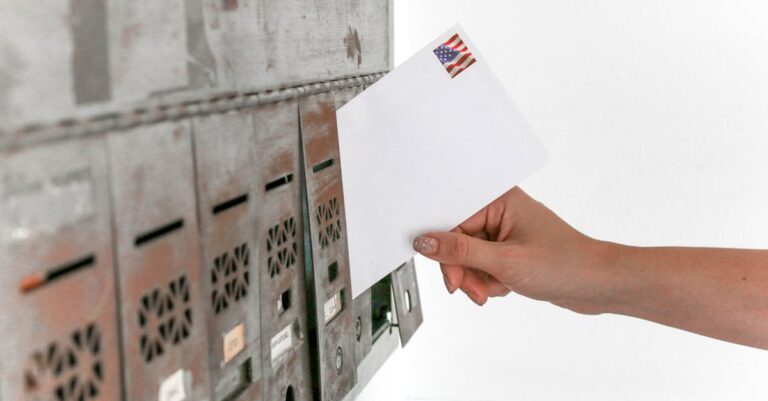
Have you ever wondered about the rigorous training that teachers undergo before stepping into the classrooms to shape young minds? The realm of teacher training in public schools is a fascinating and complex one, often shrouded in mystery for many parents. Today, we are here to demystify this crucial aspect of the education system, with a particular focus on county, local, and book bans. Let’s delve into the realm of teacher training and explore the intriguing statistics behind these concepts.
County Level Teacher Training:
Teacher training at the county level plays a vital role in shaping the educational landscape. Counties across the country invest substantial resources in providing comprehensive training programs for educators. These programs cover a wide range of areas, including pedagogy, curriculum development, and classroom management strategies. Statistics show that counties with robust teacher training initiatives often yield higher student achievement rates and have more satisfied teachers.
Local Teacher Training Initiatives:
In addition to county-level programs, many public schools have established their local teacher training initiatives. These programs are tailor-made to address the specific needs and challenges faced by educators in a particular school or district. Local training often focuses on implementing innovative teaching techniques, fostering a positive school culture, and promoting professional development opportunities for teachers. Research indicates that schools with strong local training programs experience higher teacher retention rates and enhanced student outcomes.
Unveiling Book Bans in Public Schools:
One controversial topic that often surfaces in discussions about public schools is the issue of book bans. Book bans, where certain books are prohibited from school libraries or curriculum, have sparked debates nationwide. While the intentions behind book bans may vary, it is essential to consider the implications for students’ intellectual freedom and critical thinking skills. Statistics reveal that schools that impose book bans may inadvertently limit students’ exposure to diverse perspectives and impede their overall academic growth.
The Power of Statistics:
Statistics play a crucial role in shaping policies and practices within public schools. By examining data related to teacher training, county-level initiatives, local programs, and book bans, educators and policymakers can make informed decisions to enhance the quality of education for all students. It is essential for parents to stay informed about the latest statistical trends in public schools to advocate for their children’s academic success.
In conclusion, the world of teacher training in public schools is a multifaceted one, encompassing county-level programs, local initiatives, and complex issues such as book bans. By understanding the statistics behind these concepts, parents can actively engage in discussions about improving education quality and promoting a nurturing learning environment for all students. Let’s continue to unravel the mysteries of public school education together and champion the future of our children.







Teacha trainin’ is so impotant. It helps dem shape da young mindz, ya know? County and local programz are da key to makin’ shur teachas know wut to do in da classrooms. But book bans? That’s a tricky one
Wow, teacher training sounds intense! They gotta be like superheroes with all that knowledge in pedagogy and stuff. But hey, let’s not forget about the book bans – like, who knew books could be so controversial? Let’s hope they don’t ban the math textbooks, or we’ll all be in trouble! Stay smart, folks! 😄